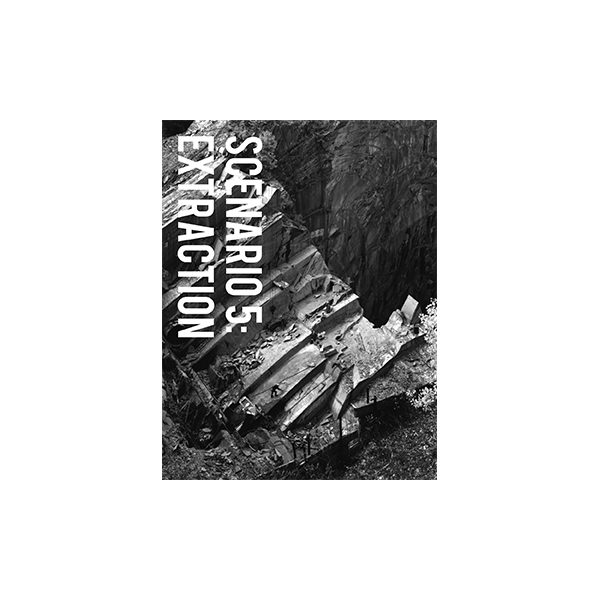[Full article available for view online at the Scenario Journal's website.]
In the concluding section for his 1864 book, Man and Nature; or, Physical Geography as Modified by Human Action, American diplomat, philologist and conservationist George Perkins Marsh wrote: "it is a legal maxim that 'the law…[does not concern] itself with trifles,' de minimus non curat lex; but in the vocabulary of nature, little and great are terms of comparison only; she knows no trifles, and her laws are as inflexible in dealing with an atom as with a continent or a planet… [E]very new fact, illustrative of the action and reaction between humanity and the material world around it, is another step toward the determination of the great question, whether man is of nature or above her." In parallel, in his seminal 1967 study on the history of geographical ideas, geographer Clarence Glacken wrote that there have been three main geographic ideas since the Ancient Greece: the idea of a designed earth, the idea of environmental influence, and the idea of humans as geographic agents. More recently, humans' relationship to the earth is provided with an alternative narrative by debates on climate change as well as the idea of the Anthropocene, in which humans are now discussed as not only geographic but also as atmospheric and geological agents.
Correspondingly, in architecture and related design fields, contemporary conceptualizations for the idea of environment is presented either through the positivist overtones of management, efficiency and performance or through apocalyptic narratives of catastrophe and conservation. At this juncture, rather than seeing environment as something merely systemic, and therefore needing to be managed and maintained, or as purely natural, needing to be preserved and protected, can we instead talk about an alternative kind of geographic imagination in architecture that projects environment as aesthetic and monumental, and thus offer a renewed and a more nuanced dialogue between the representational and the material?
Museum of Lost Volumes project takes on this theoretical prompt as a starting point. As a geo-architectural fiction and a satire commentary on resource extraction, it provides an alternative focus on the mining of Rare Earth minerals. As a museum built after the depletion of Rare Earth minerals in the world after their abundant use with "green technologies," it speculates on the preservation of geographic ruins that once belonged to the resource extraction of Rare Earth minerals mining. While rendering the geographic scale as a tangible entity, it aims to construct and alternative relationship between legibility and abstraction through the limits and potentials of design thinking. The project is comprised of five drawings, which all depict specific aspects of this imaginary museum.
